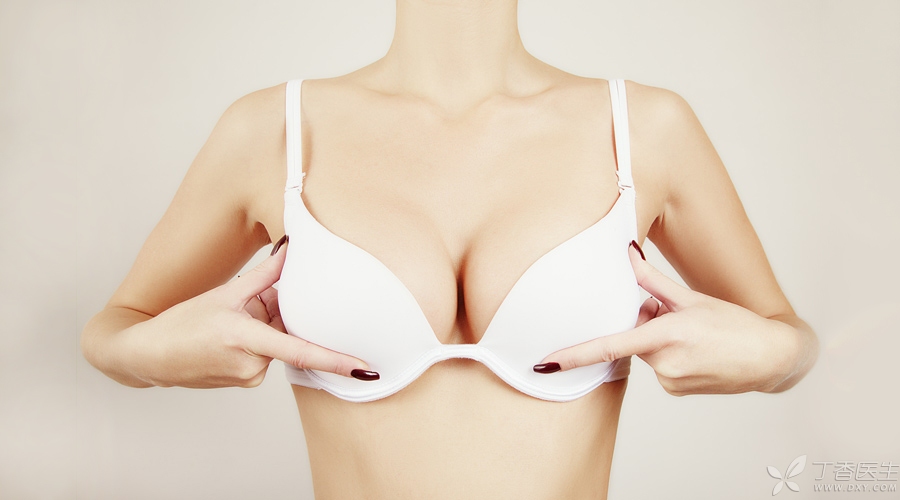
Dr. Clove has been earnestly popularizing science more than once:
Small breasts are really not harmful to what’s health.
However, many young girls are anxious and unable to make boyfriends because of their small breasts, tossing and turning and feeling uncomfortable, which will indeed affect their health.
What about the big ones? Is it too harmful to your health? It is said that breast cancer is more likely to occur… … …
Ahem, while God gives women full breasts, will he cruelly close the door to health and turn the gift from heaven into a hidden time bomb?
Breast cancer is easy to get when breast is large?
Well… this may be the jealousy and vicious curse of the small-breasted to the big-breasted red fruit.
The two main parts of breast size are fat and breast glands, which account for only about 1/3. The glands of the big-breasted and small-breasted fairies are about the same.
The chest is large and the chest is small, mainly depending on the amount of fat.
- Glands are the main functional structure of the breast. The secretion of milk during lactation and the occurrence of breast cancer are all on glands. Adipose tissue, which neither secretes milk nor develops canceration, is mainly responsible for [beauty as flowers] and maintaining the appearance of the breast.
Big breasts with more fat breasts are not more likely to get breast cancer.
From another point of view, the size of a person’s breast is actually changing from the completion of breast development during puberty, to the re-development of breast during pregnancy and lactation, and to the atrophy of breast after menopause.
If the bigger the chest, the greater the risk of breast cancer, then pregnancy and lactation should be the high incidence period of breast cancer?
This is obviously inconsistent with the current epidemiological statistics.
The age group with high incidence of breast cancer for women is after 45 years old, not when the chest is the largest.
What affects breast cancer is… fat
The [hatred] of big breasts may be universally applicable across borders.
In 2006, a project led by Aaron S. Kusano of Harvard School of Public Health studied the association between chest cups and the incidence of premenopausal breast cancer and concluded that:
We need to pay more attention to BMI index than cup, that is, obesity is indeed related to breast cancer.
Therefore, don’t just stare at the chest four or two, but pay attention to the whole body and the overall situation.
By the way… don’t ask [how will lose weight and not lose his chest] any more, this question goes beyond the outline.
At the same time, the article also points out:
- For normal or thin women, the more glands in the breast, the more likely they are to develop breast cancer. Because the amount of glands at this time can be roughly measured by cups. This does not hold true for overweight or obese women.
Well, the next question is…
Breast cutting and breast reduction to reduce the risk of breast cancer?
The effectiveness and necessity of preventive mastectomy are still controversial in the medical field for high-risk groups who really suffer from one side of breast cancer, or have BRCA gene mutation of breast cancer and family history of breast cancer.
Any operation has different degrees of risks, such as anesthesia, hemorrhage, infection, scar contracture, etc., which need to be carefully considered before mastectomy.
People at high risk of breast cancer can discuss with their attending doctors before deciding whether to prevent breast cancer by breast cutting.
For example, famous actress Angelina Jolie is a woman at high risk of breast cancer. She chose to have a total mastectomy.
However, if it is not a high-risk woman, to remove the breast and shrink the breast in order to reduce the risk of breast cancer is probably a daydream of losing the wife and losing the army.
There are two problems:
Breast cancer can occur anywhere in the breast gland. Where is it cut?
Even if 1% of glands exist, breast cancer is likely to occur. How many cuts?
Angelina Jolie, for example, still has a 5% risk of breast cancer because she retains the nipple areola and a small part of glandular tissue behind it.
